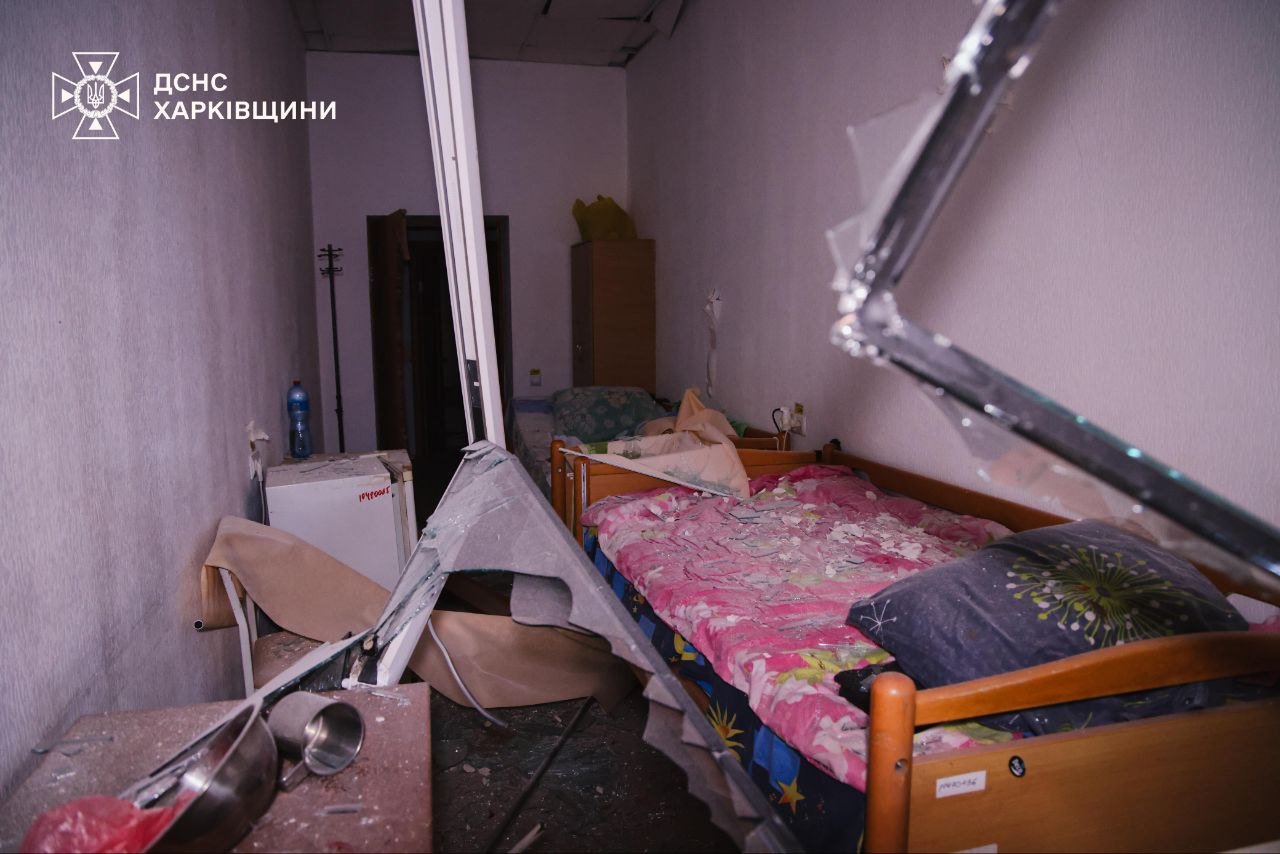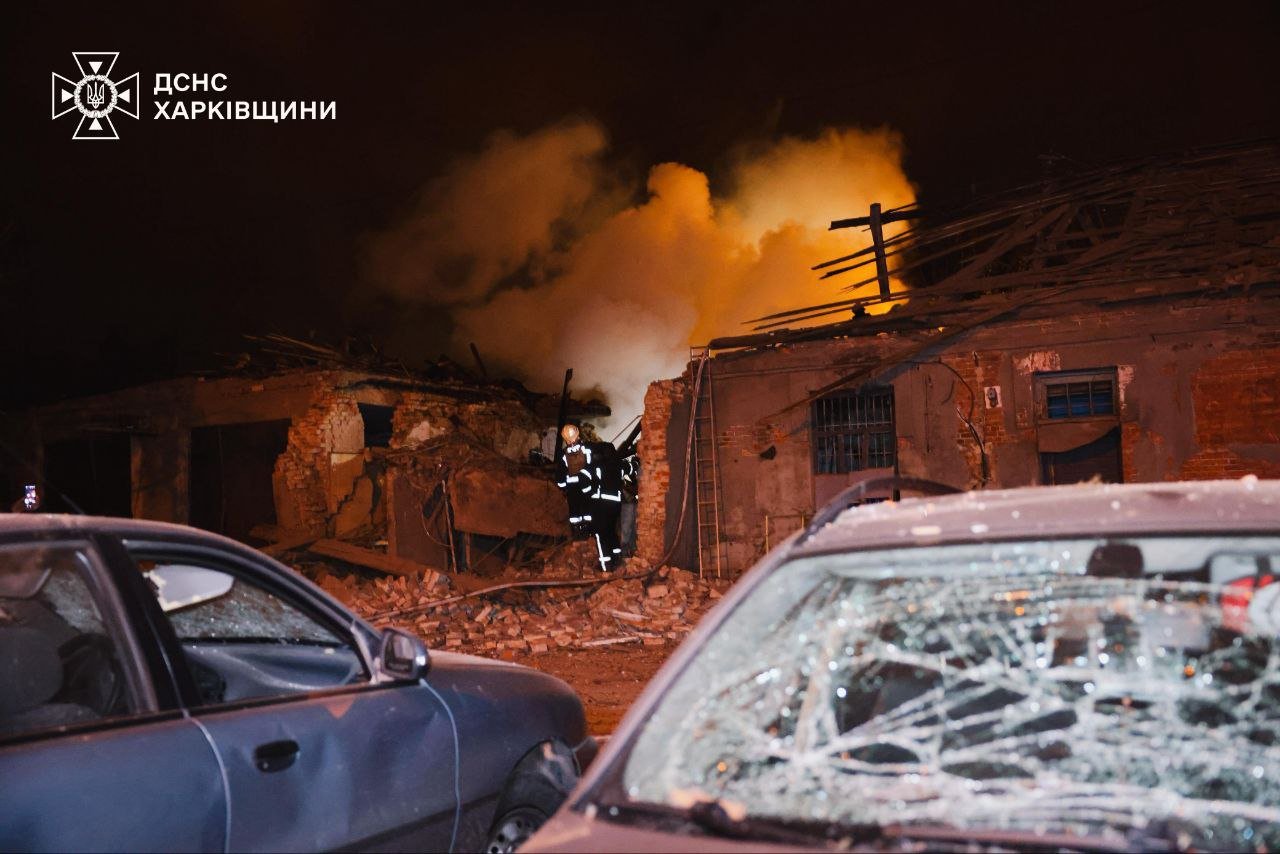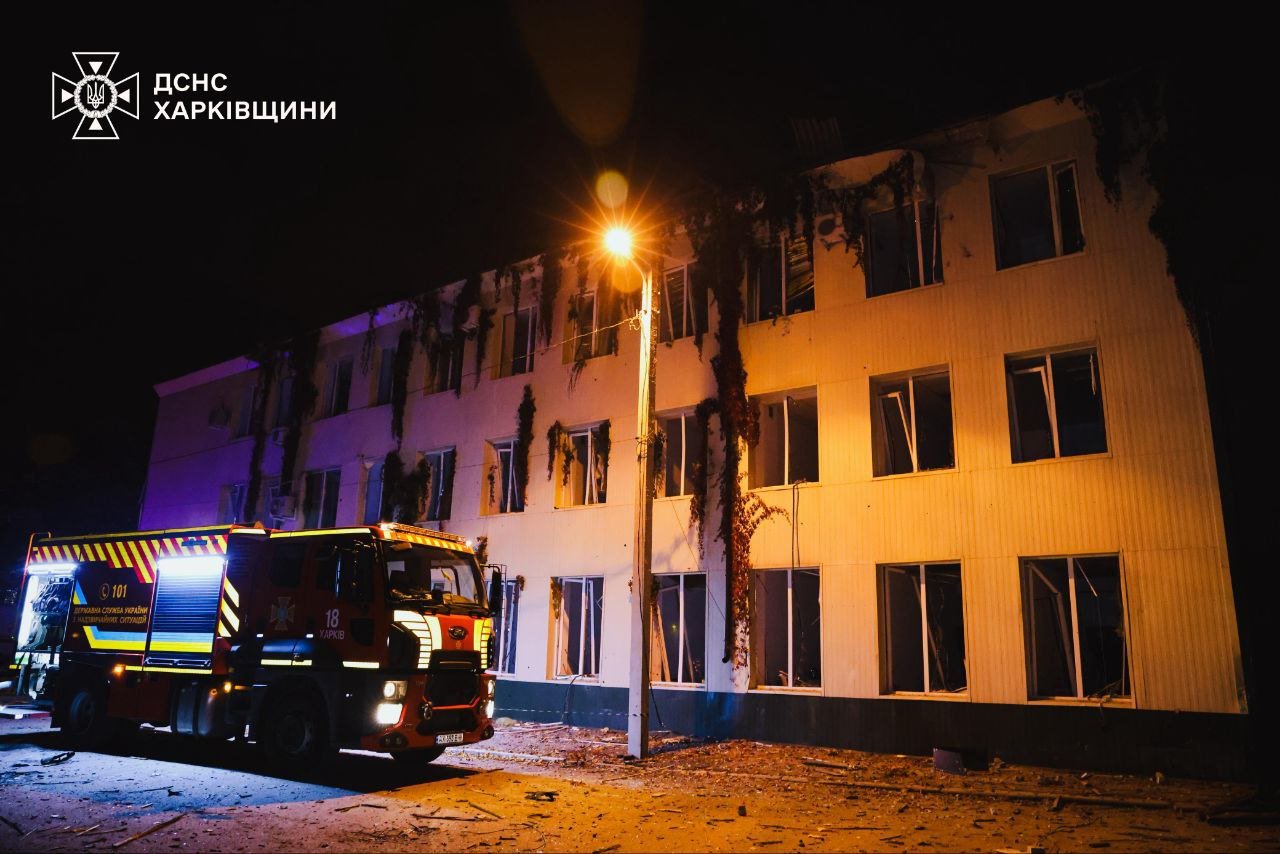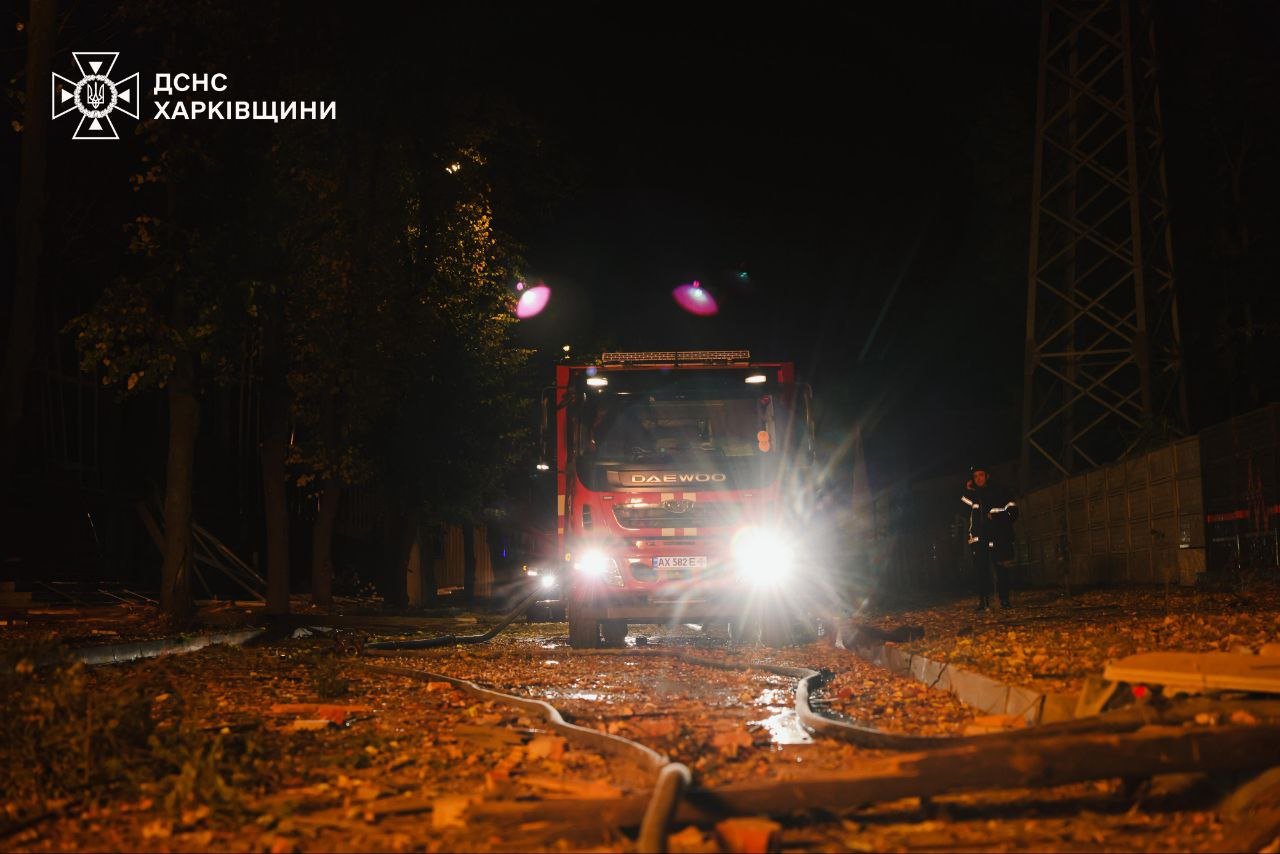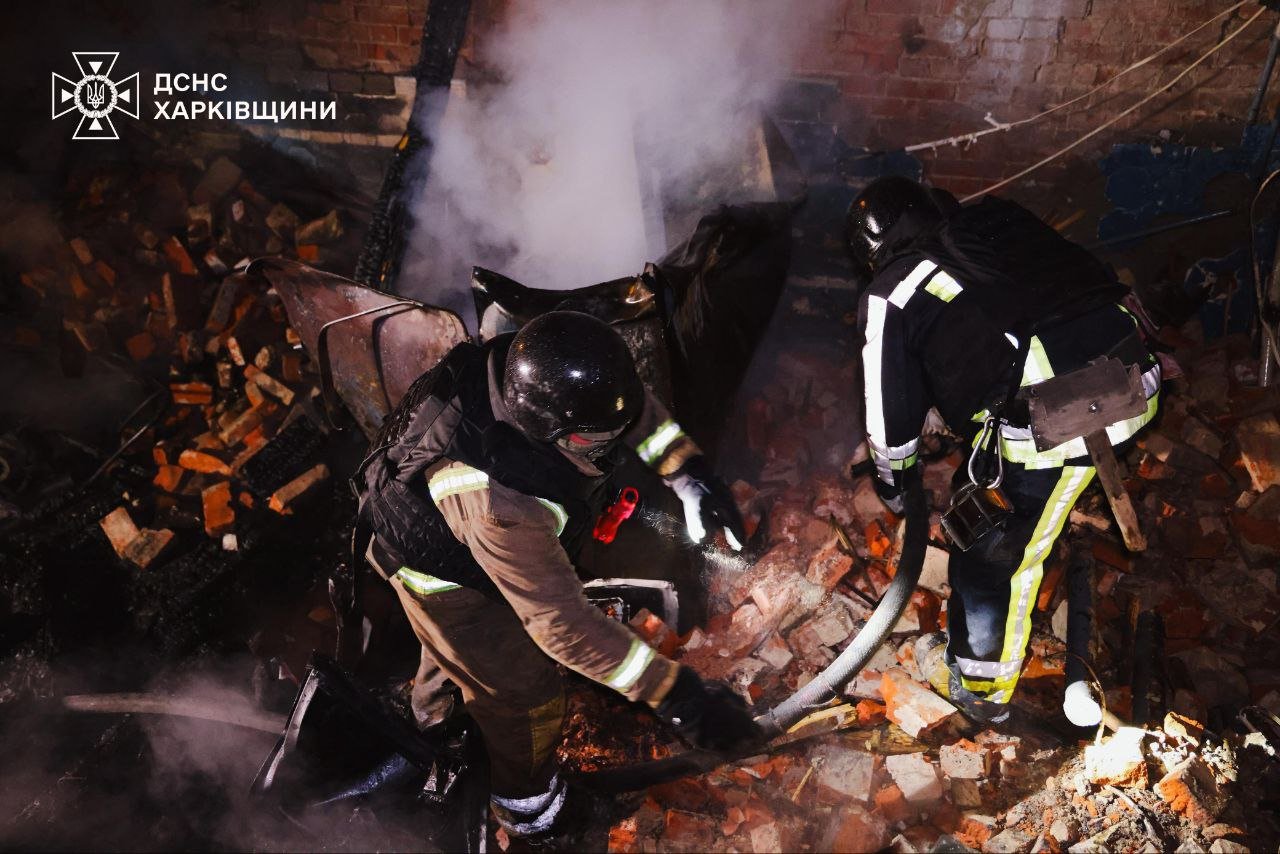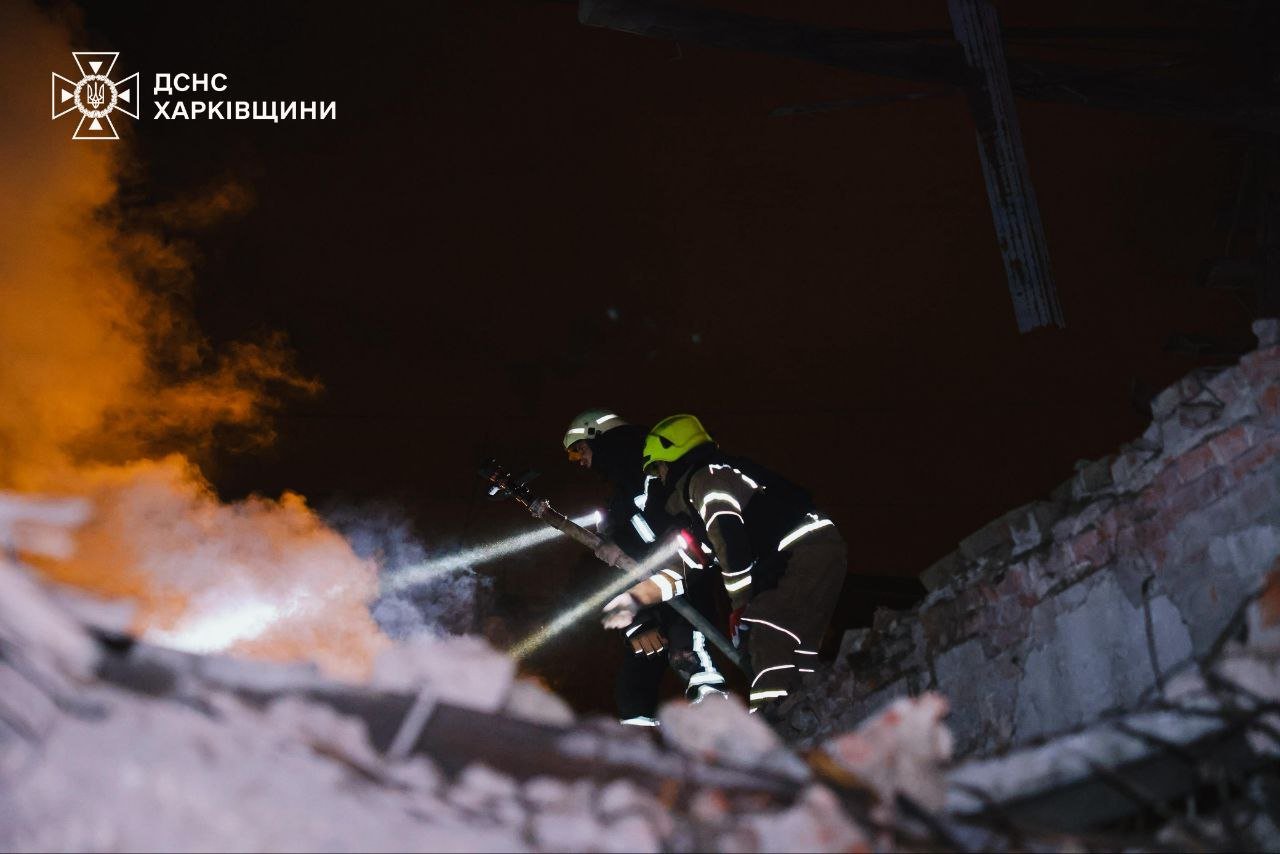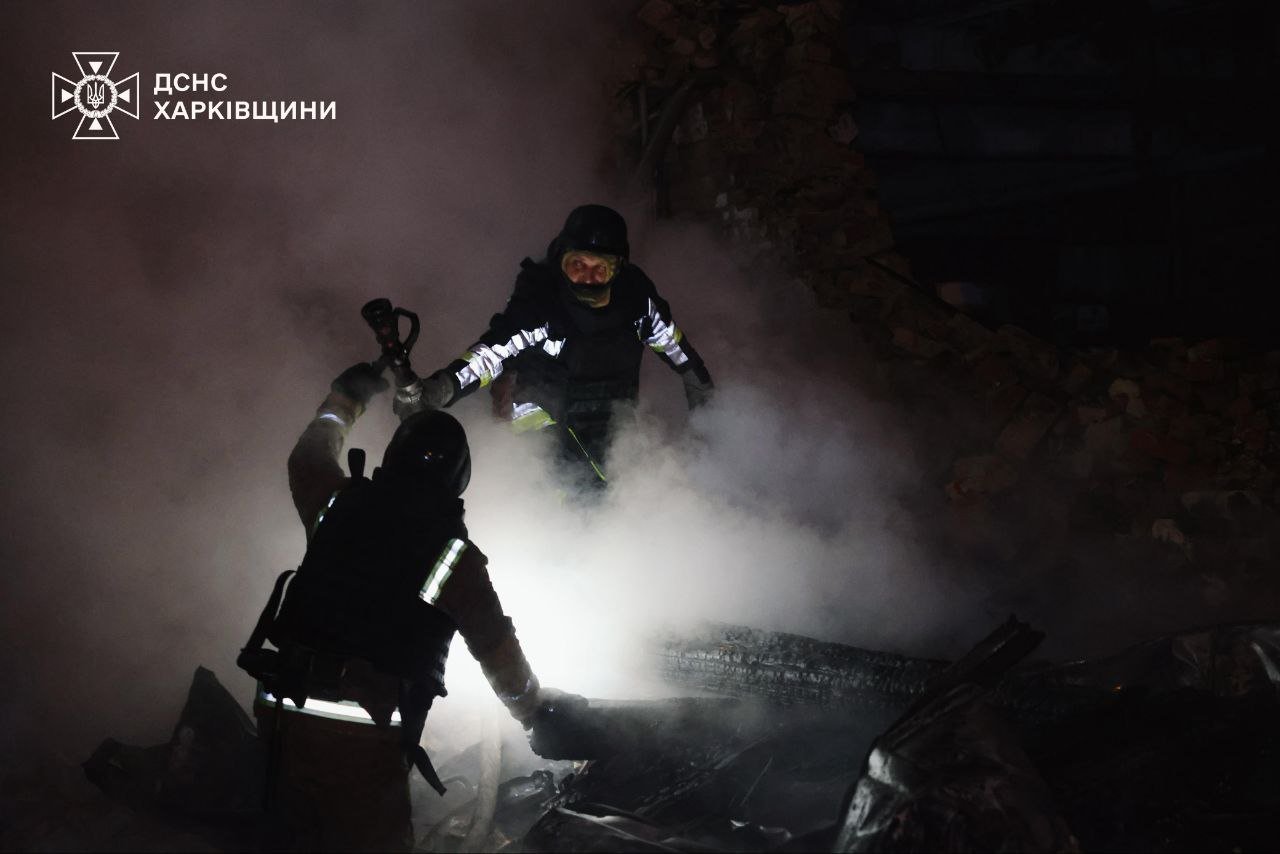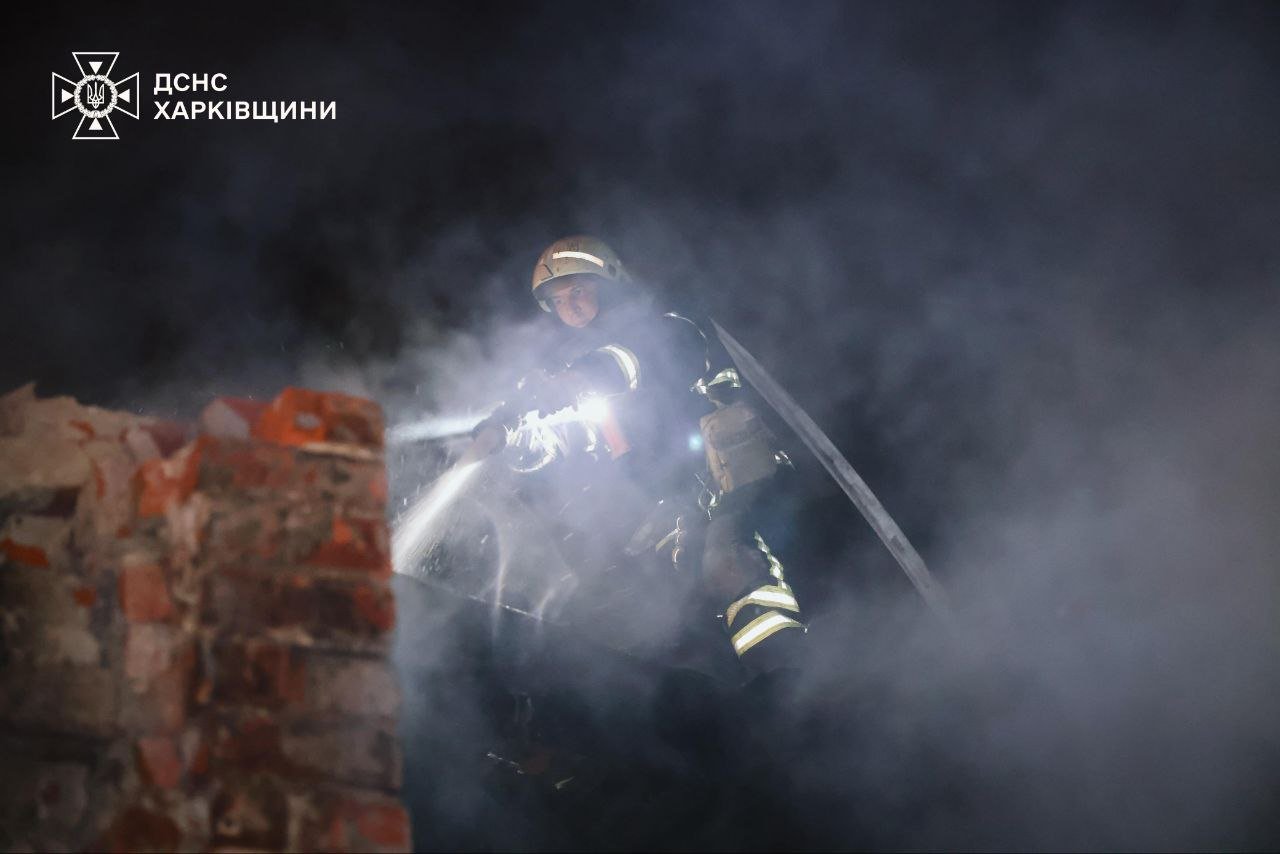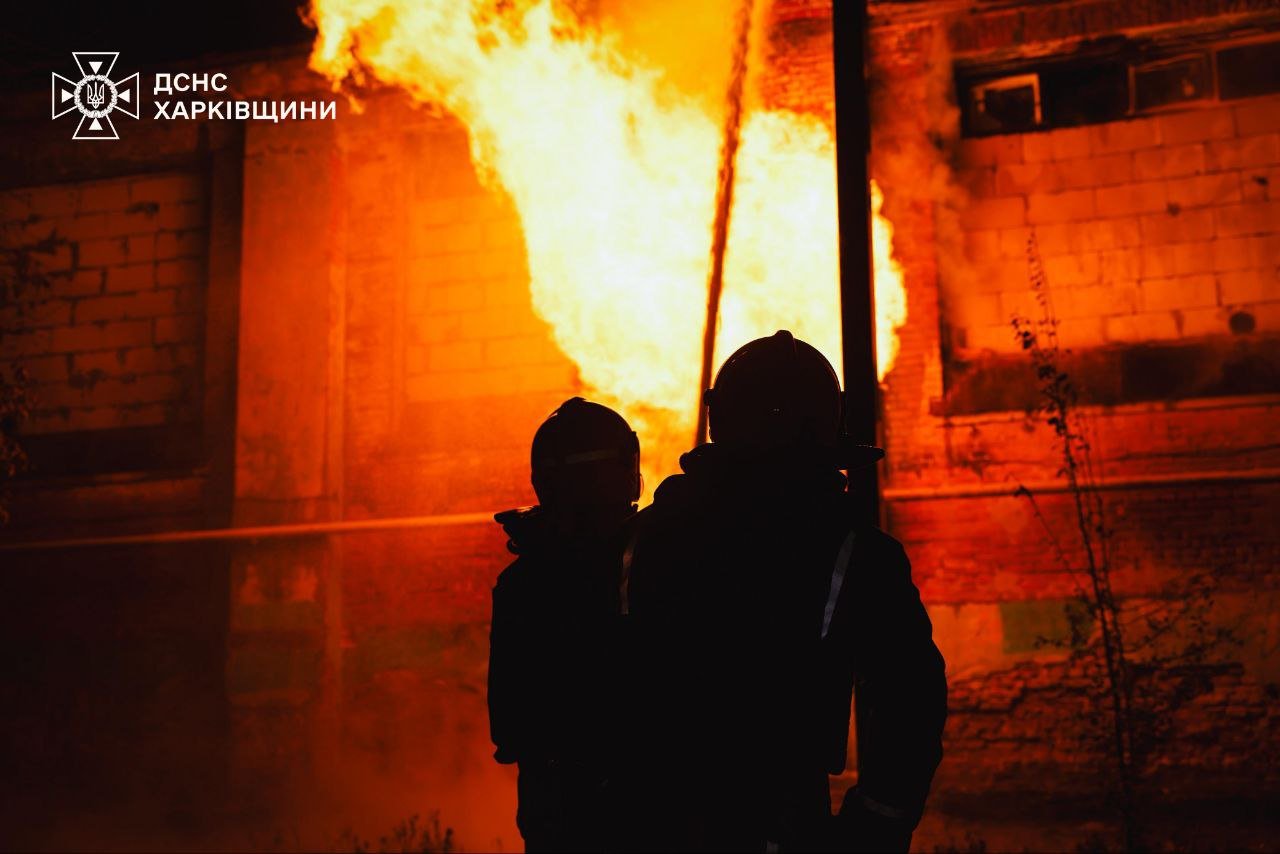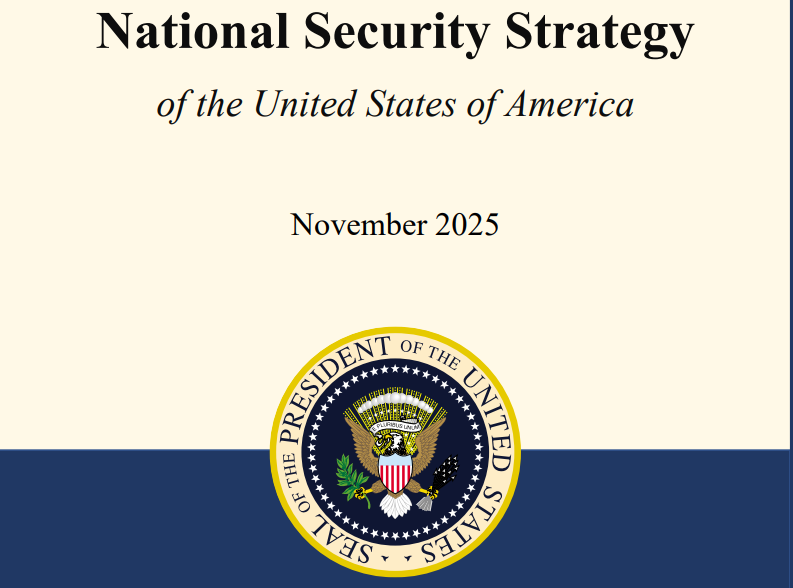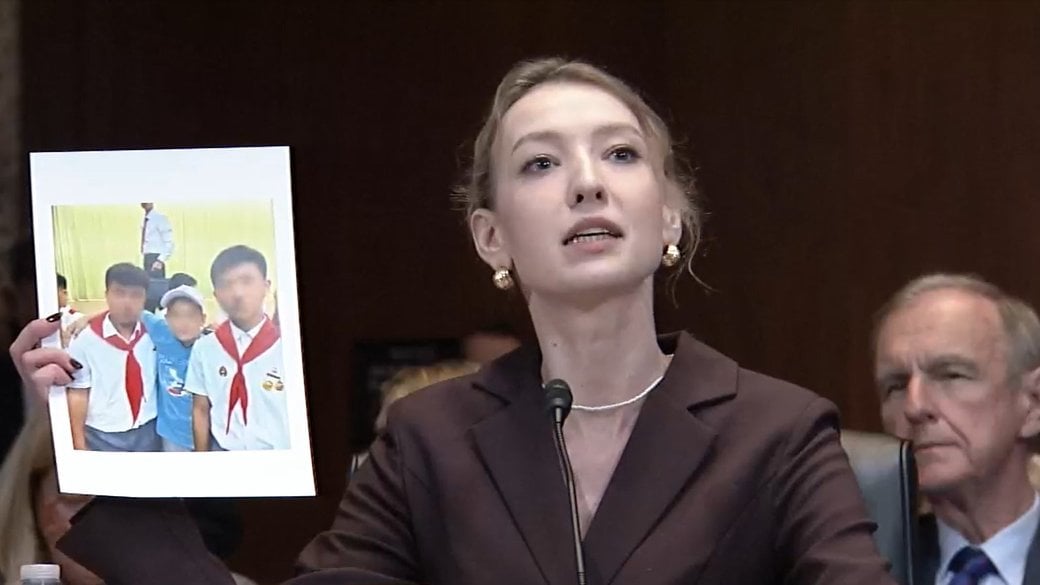Fire continues for a second day at Feodosia oil terminal after Ukrainian drone strikes on occupied Crimea
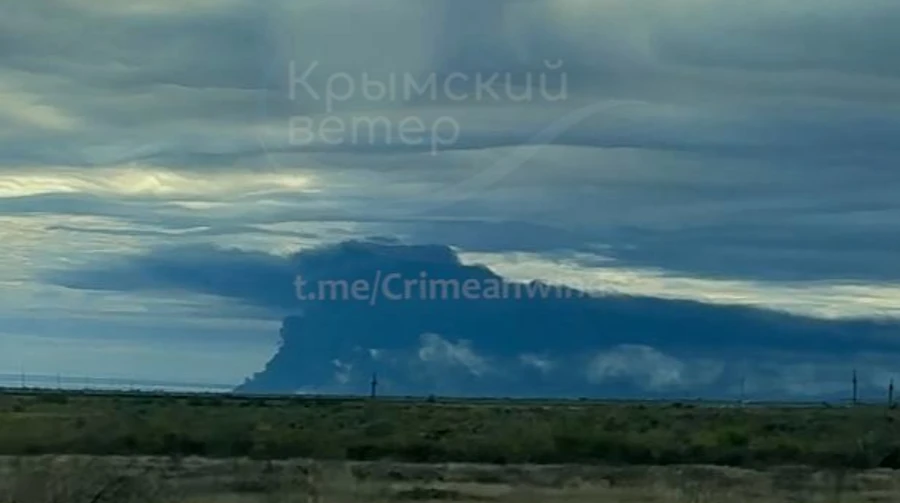
A massive fire has been burning for a second consecutive day at the Feodosia oil terminal in Russian-occupied Crimea, following overnight drone strikes carried out by Ukraine’s Security Service (SSU) and Special Operations Forces (SOF) on October 12–13.
According to the Krymskyi Veter (Crimean Wind) Telegram channel and Radio Liberty, smoke from the blaze remains visible from as far as 25 kilometers away, reaching the Russian-occupied city of Staryi Krym. Residents have also reported a strong smell of burning up to 10 kilometers from the site.
The Russian occupation authorities reportedly evacuated about 830 people from nearby areas due to the risk of further explosions.
This is the second major strike on the Feodosia oil terminal in less than two weeks. The facility was previously hit on October 5–6, and last year in October 2024, when a fire there burned for nearly a week.
SOURCESymbolic number of the Day
Commander-in-Chief of the Armed Forces of Ukraine Oleksandr Syrskyi has reported that strike drones have expanded the “kill zone” on the front line, which now extends up to 10 kilometres.
At this stage of the war, the realities of the battlefield are defined by strike drones. Under such conditions, the ability to evacuate the wounded promptly becomes critically important, highlighting the role of logistics and military medicine. According to Syrskyi, the war must be viewed through the prism of the Ukrainian infantry soldier’s needs — to protect their life and health.
SOURCEWar in Pictures
Russia strikes Kharkiv with guided bombs: medical facility damaged, several injured. On the evening of 13 October, Russian forces launched an attack on Kharkiv using guided aerial bombs (KABs), causing explosions and fires in several districts of the city.
According to officials, one of the bombs hit the Slobidskyi district, while a large fire broke out in the Saltivskyi district. The strike damaged the territory of a medical facility, destroying an outbuilding and shattering windows.
At least six people were injured, including patients and staff members who suffered cuts from shattered glass. About 57 patients were evacuated to another hospital after the blast caused significant stress and panic among those inside.
The attack also partially cut off electricity in three districts of Kharkiv. A garage fire covering 85 m² destroyed or damaged 17 vehicles. Emergency services and local authorities continue to work on restoring power and providing assistance to the victims.
SOURCEVideo of the Day
Ukrainian forces repel Russian assault near Dobropillia, destroying armored vehicles and killing about 100 invaders
On 13 October, Ukrainian Air Assault Forces successfully repelled a large-scale Russian assault on the Dobropillia front in the Donetsk region, destroying one tank, twelve armored vehicles, and eliminating around 100 Russian troops.
According to the AAF, the enemy deployed units from three motorized rifle brigades and one marine brigade, supported by 17 armored fighting vehicles and one tank, in an attempt to breach Ukrainian defenses.
Ukrainian troops — including Air Assault units, drone operators from the Armed Forces’ Unmanned Systems Forces, National Guard’s “Azov” brigade, and the “Svoboda” battalion — coordinated to deliver precise drone and artillery strikes, halting the attack and forcing the enemy to retreat with heavy losses.
SOURCEInstitute for the Study of War (ISW) report

Key Takeaways
- The Kremlin removed some restrictions on using Russian reservists in combat, allowing the Kremlin to employ reservists in its war in Ukraine.
- European officials continue to note how Russia is intensifying its covert and overt attacks against Europe, supporting ISW’s assessment that Russia has entered “Phase Zero” — the informational and psychological condition setting phase — of its campaign to prepare for a possible NATO-Russia war in the future.
- The Kremlin appears to be changing tactics within its reflexive control campaign to deter the United States from providing Ukraine with Tomahawk missiles, likely due to recent reporting that the United States has been sharing intelligence to help Ukraine’s long-range strike campaign against Russian energy infrastructure.
- The Kremlin is reportedly preparing to manipulate voters by dismissing unpopular government officials ahead of the September 2026 State Duma elections.
- Ukrainian forces recently struck Russian oil infrastructure in occupied Crimea on the night of October 12 to 13.
- Select Russian industries are showing signs of steep decline that risk lasting damage with potentially deep socio-economic repercussions.
- Ukrainian forces recently advanced in the Kostyantynivka-Druzhkivka tactical area and in western Zaporizhia Oblast. Russian forces recently advanced in the Dobropillya tactical area, near Pokrovsk, Novopavlivka, and in eastern Zaporizhia Oblast.
Latest news
- Bloomberg: EU seeks to fast-track agreement on reparations loan for Ukraine
- Trump urges his envoy to “get Russia done”
- Germany promises Romania and Bulgaria support in confrontation with Russia
- Reuters: UK’s MI5 warns politicians they are targets of Russia and Chinese spying
- Trump says Turkish president may help resolve Russia’s war against Ukraine
- GUR: Russia could become 60% dependent on fuel imports by end of year
- German foreign minister urges Trump to increase pressure on Putin
